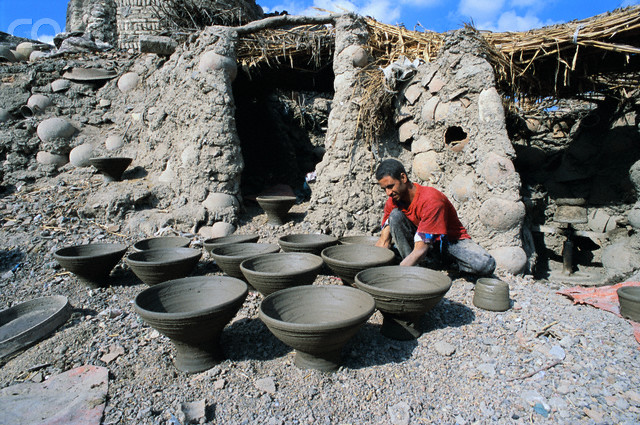 Nazla, Egypt — A potter at work in the village of Nazla, an Egyptian village in the Fayyum known for its pottery. — Image
Nazla, Egypt — A potter at work in the village of Nazla, an Egyptian village in the Fayyum known for its pottery. — Image
 Nazla, Egypt — A potter at work in the village of Nazla, an Egyptian village in the Fayyum known for its pottery. — Image
Nazla, Egypt — A potter at work in the village of Nazla, an Egyptian village in the Fayyum known for its pottery. — Image

February 19th, 2024
November 10th, 2023
October 2nd, 2023
September 9th, 2023
August 19th, 2023
May 7th, 2023
March 9th, 2023
December 18th, 2022
October 16th, 2022
September 14th, 2022
July 28th, 2022
July 3rd, 2022
June 5th, 2022
March 24th, 2022
March 11th, 2022
February 13th, 2022
September 21st, 2021
July 29th, 2021
June 23rd, 2021
May 13th, 2021
March 30th, 2021
March 22nd, 2021
February 14th, 2021
January 15th, 2021
December 2nd, 2020
October 16th, 2020
September 27th, 2020
September 23rd, 2020
September 2nd, 2020
August 7th, 2020
July 18th, 2020
July 16th, 2020
June 22nd, 2020
June 6th, 2020
May 16th, 2020
April 30th, 2020
April 19th, 2020
March 14th, 2020
March 9th, 2020
March 1st, 2020
January 15th, 2020
December 19th, 2019
November 27th, 2019
November 3rd, 2019
October 28th, 2019
October 19th, 2019
October 4th, 2019
September 1st, 2019
August 29th, 2019
August 7th, 2019
July 14th, 2019
June 23rd, 2019
June 13th, 2019
May 31st, 2019
May 20th, 2019
May 2nd, 2019
April 13th, 2019
March 25th, 2019
March 3rd, 2019
February 10th, 2019
February 7th, 2019
January 31st, 2019
January 10th, 2019
December 13th, 2018
November 29th, 2018
November 19th, 2018
November 10th, 2018
November 1st, 2018
October 22nd, 2018
October 14th, 2018
October 7th, 2018
September 21st, 2018
September 13th, 2018
© 2024 Ceramics and Pottery Arts and Resources. All rights reserved. Theme by Geek with Laptop
